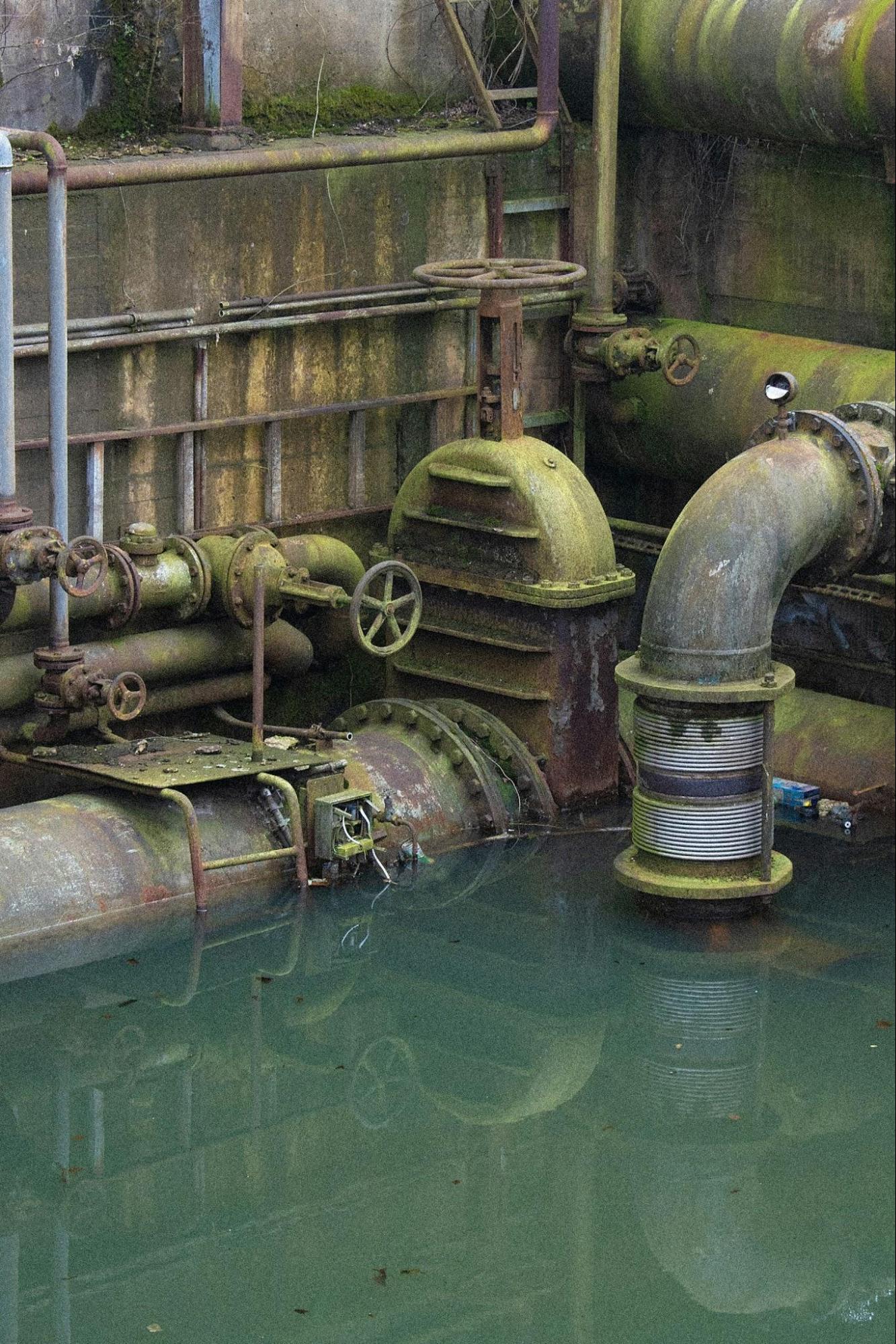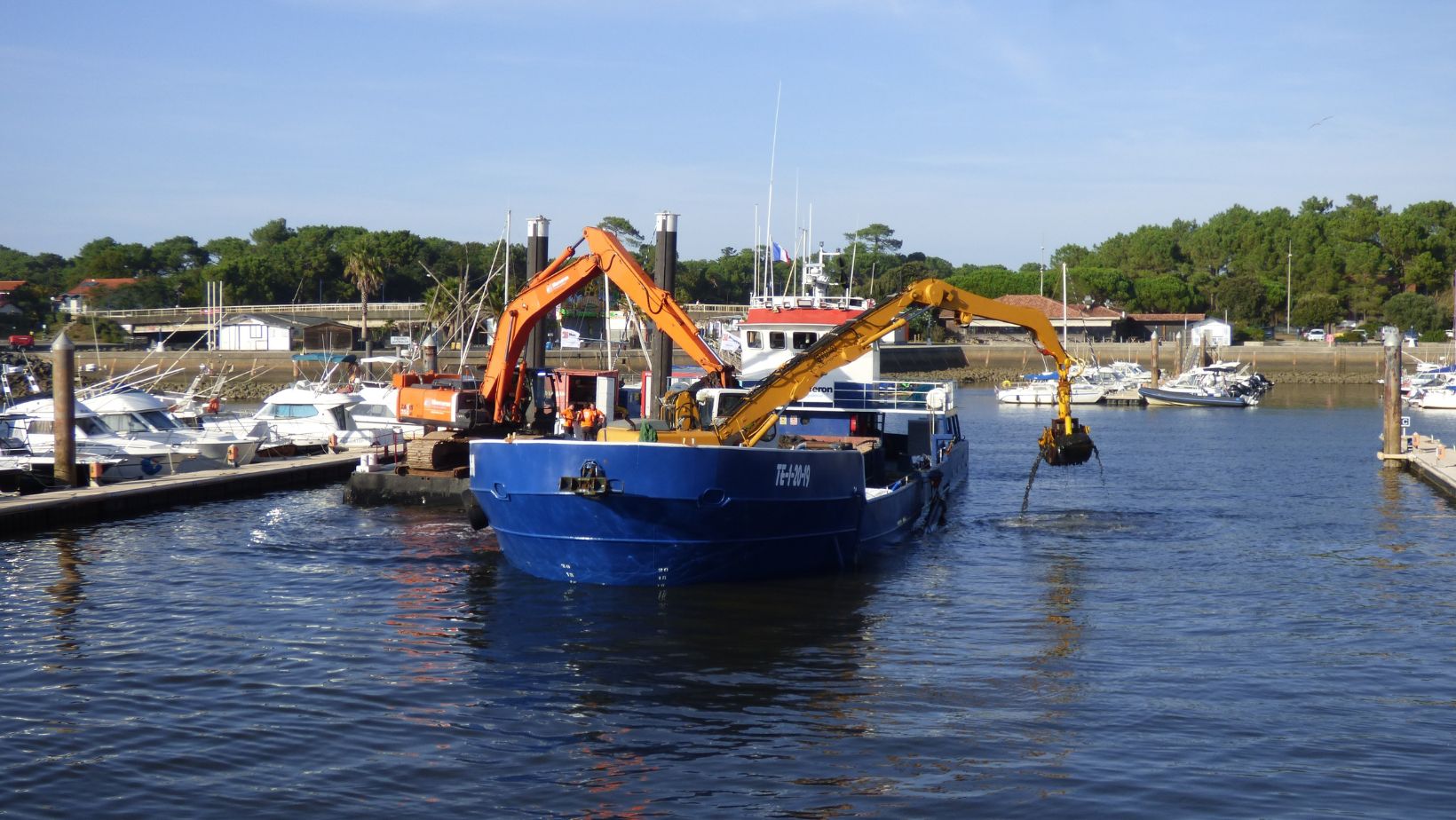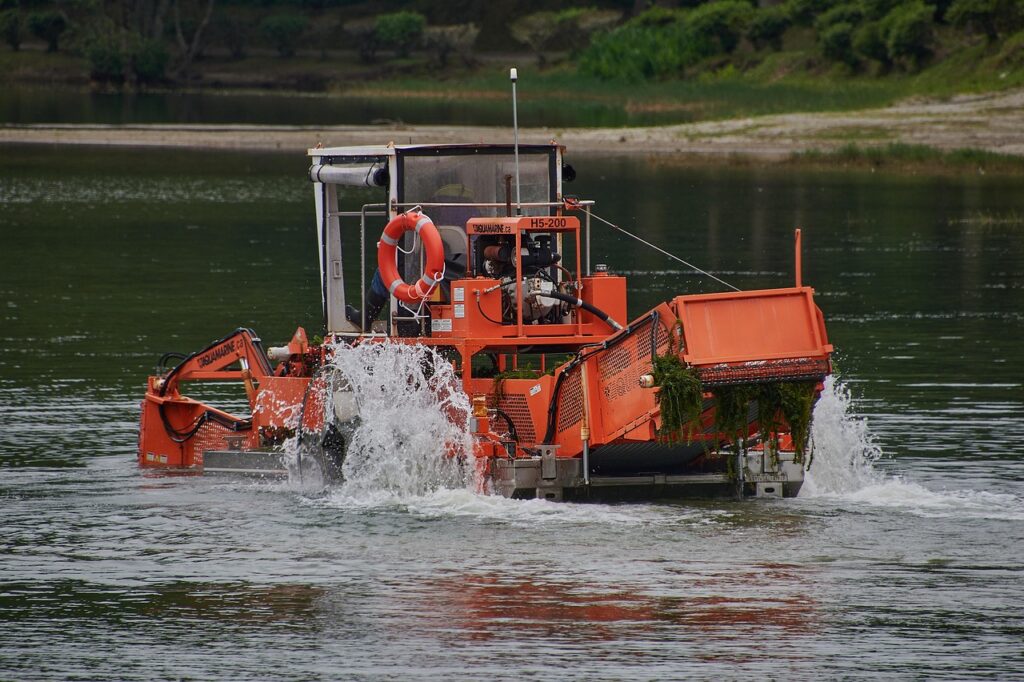Choosing the right dredge pump is critical for the success and efficiency of any dredging operation. Whether you’re maintaining waterways, reclaiming land, or mining minerals from the seabed, the pump you select will directly impact productivity, fuel consumption, downtime, and maintenance requirements. With so many types of dredge pumps available, making the right choice depends on understanding your specific application, site conditions, and the materials you need to move.
A well-selected dredge pump will offer performance and durability, and cost-efficiency over time. This guide walks through the most important factors to consider and helps you match your needs with the best pump solution.
Know Your Material and Its Characteristics
Before selecting a dredge pump, it’s essential to understand the type and size of solids you’ll be working with. Are you pumping fine silt, sharp gravel, or large rocks? The density, abrasiveness, and particle size of the material all affect pump performance and wear rate.
For example, pumping fine, low-density sediment is far less demanding than handling abrasive, large-diameter solids. Using a pump not designed for heavy-duty applications in a challenging environment can lead to excessive wear, frequent breakdowns, and unexpected costs. On the other hand, selecting a high-performance pump for a lighter job may result in wasted energy and overspending on equipment. That’s why professionals recommend working with pumps built for solids when tackling abrasive or large-particle dredging jobs. These pumps are engineered to withstand harsh conditions and extended operation, ensuring minimal downtime and longer service intervals. Pumps with open impellers, reinforced housings, and replaceable wear parts are ideal for high-solids applications.
Determine the Flow Rate and Total Dynamic Head (TDH)
Two of the most critical technical specifications to assess are flow rate and total dynamic head (TDH). The flow rate refers to how much material the pump needs to move, typically measured in gallons per minute (GPM) or cubic meters per hour (m³/h). TDH measures the vertical and frictional resistance the pump must overcome to transport the slurry from the suction point to the discharge point.

If your pump is underpowered relative to the system’s TDH, it won’t be able to move the required volume of material efficiently, leading to poor production rates and potential system failures. Conversely, a pump that’s too powerful for the application can lead to excessive wear, vibration, and energy waste.
Accurate site assessments and calculations, ideally conducted with a pump specialist, can help you determine your project’s optimal pump size and performance range. Always factor in pipeline length, elevation changes, and the type of slurry being pumped.
Choose Between Submersible and Suction Pumps
Another key decision is whether to use a submersible or surface-mounted suction pump. Each has advantages depending on your dredging method and project constraints.
Submersible dredge pumps are placed directly into the water or slurry, making them ideal for environments with limited accessibility or varying water levels. They are self-priming and compact, which reduces setup complexity and makes them particularly effective for applications such as pond dredging, tailings management, and dewatering.
Suction dredge pumps, on the other hand, are typically mounted on a dredge vessel or floating platform and use suction to draw material through an intake pipe. These systems offer more flexibility in terms of maintenance access and often support higher flow rates, making them a popular choice for large-scale operations such as river maintenance or offshore mining. The right choice will depend on your site’s accessibility, material consistency, and desired mobility.
Consider Pump Durability and Maintenance Requirements
Dredge pumps operate in some of the harshest environments in the industrial world. Sand, gravel, and other abrasive solids rapidly degrade impellers, casings, and seals. That’s why durability should be a top priority during selection.

Look for pumps with wear-resistant materials like high-chrome alloys, hardened steel, or elastomer linings. Replaceable liners and impellers are valuable features that extend pump life and reduce repair costs. Mechanical seals designed for slurry conditions, rather than standard water seals, will also improve reliability.
Match the Power Source to Your Operation
Dredge pumps can be powered by diesel engines, electric motors, or hydraulic systems. The best choice depends on your site location, energy availability, and mobility requirements.
Electric pumps are generally more energy-efficient and environmentally friendly but require reliable access to power. Diesel-powered pumps offer greater portability and are suitable for remote areas without electrical infrastructure. Hydraulic-driven pumps, often used in submersible configurations, provide high torque and compact design but may require specialized support systems.
Factor in Safety and Environmental Impact
Safety and environmental regulations should also play a role in pump selection. Look for features that reduce the risk of spillage, noise, or emissions. Pumps with built-in fail-safes or remote monitoring capabilities can alert operators to malfunctions before they become critical.
Some regions require permits or environmental reviews for dredging projects. Choosing equipment that complies with these requirements from the start can save time and protect your business from regulatory penalties.
Taking the time to evaluate your options and consulting with manufacturers or engineers ensures that your chosen pump delivers the performance, durability, and efficiency your project demands. Whether you’re clearing a canal, mining aggregates, or managing waste tailings, the right dredge pump is the foundation of a successful operation.
